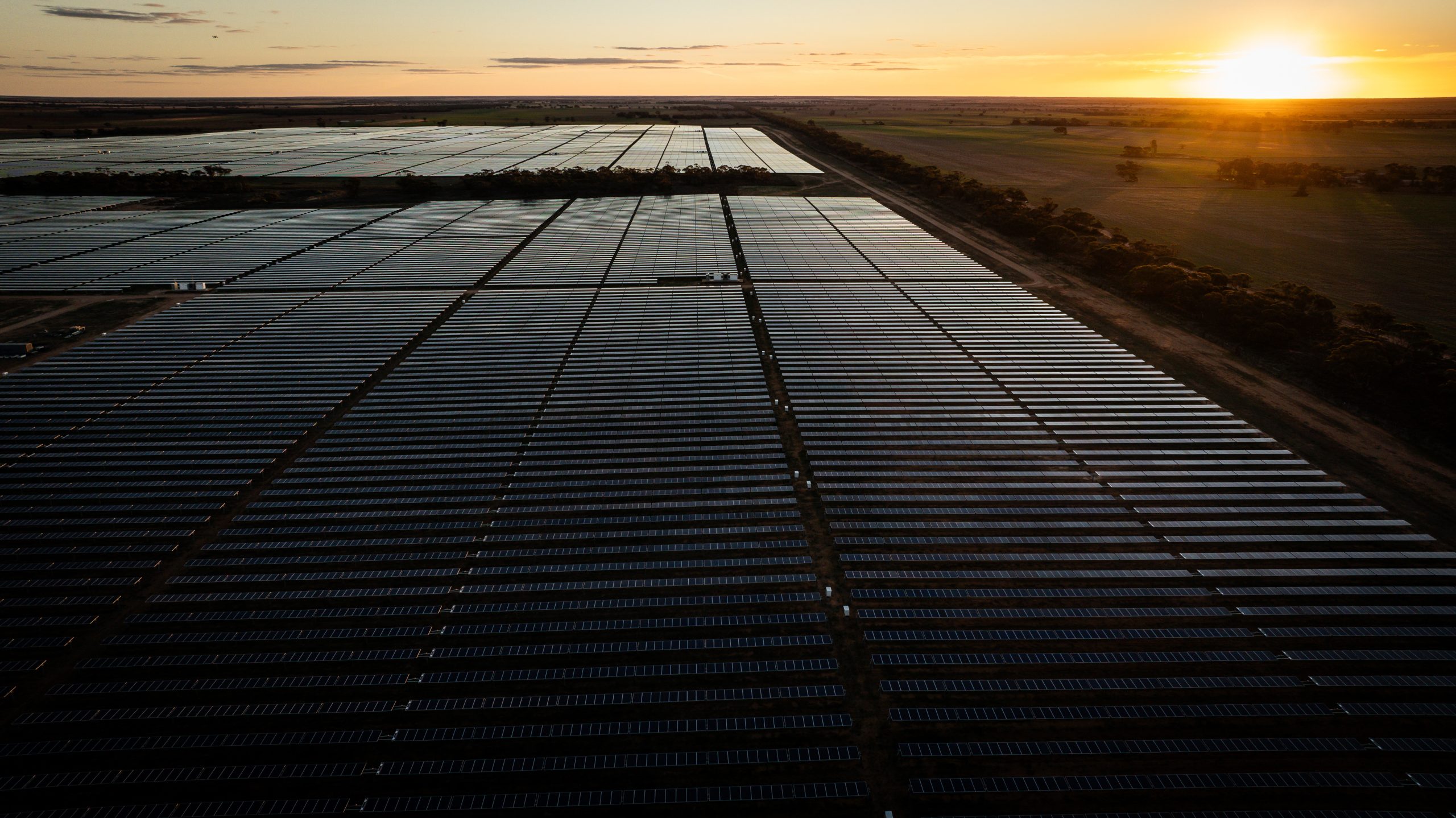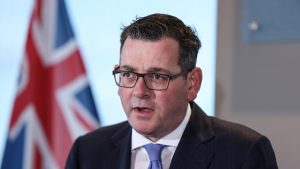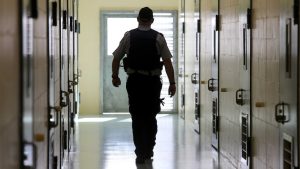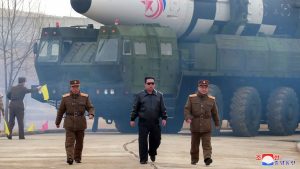
Australia urgently needs to increase the amount of solar and wind to meet its energy needs in the coming decades, but a combination of renewables, storage and gas will nonetheless provide households with the cheapest power, a key report has found.
The Integrated System Plan (ISP) was released this morning by the Australian Energy Market Operator (AEMO) after two years of consultation and analysis.
It says the vast majority – 90 per cent – of the nation’s ageing coal-fired generation will be shut by 2035 and all will be gone by 2040, and that a far greater supply of renewables needs to be injected into the grid to replace those power plants.
READ MORE: ‘Referendum’ on energy looming after nuclear announcement
“There is a real risk that replacement generation, storage and transmission may not be available in time when coal plants retire, and this risk must be avoided,” AEMO CEO Daniel Westerman said.
“This ISP is a clear call to investors, industry and governments for the urgent delivery of generation, storage and transmission to ensure Australian consumers continue to have access to reliable electricity at the lowest cost.”
Grid-scale solar and wind needs to more than double from 21 to 55 gigawatts by 2030 if Australia is to meet both its energy needs and emissions targets, according to the report.
In the same time, storage capacity (things like battery and hydro power) would need more than a seven-fold increase from 3 to 22GW and “distributed solar”, which includes rooftop solar panels, would need to almost double from 21 to 36GW.
READ MORE: RBA ‘will surely lift rates’ after latest shock inflation surge
When the modelling is stretched out to 2050 – when the report found Australia’s energy demand will have nearly doubled – grid-scale solar and wind, storage capacity and distributed solar will need to reach 49GW, 127GW and 86GW respectively.
If enough renewables aren’t connected into the grid in time, households will be faced with higher energy prices, but AEMO said the rollout of renewables should provide Australians with the best-value power.
“Consumers are already a driving force in Australia’s energy transition and this is set to continue,” Westerman said.
“If consumer devices like solar panels, batteries and electric vehicles are enabled to actively participate in the energy system, then this will result in lower costs for all consumers.”
EXPLAINED: What is going on with Australia’s vaping laws?
The report did not examine any potential role of nuclear energy in the energy transition despite last week’s announcement by the federal opposition, with AEMO saying it is not government policy and is currently outlawed.
But the energy regulator said nuclear would be both more expensive than the current plan, and too slow to fill any shortfalls from coal plant closures.
“GenCost (the energy price report done by AEMO and the CSIRO) finds nuclear generation to be a lot more expensive than other options to generate electricity,” AEMO said.
READ MORE: Everything that’s about to change on July 1
“Also, the time it would take to design and build nuclear generation may be too slow to replace retiring coal-fired generation.”
Under the Coalition’s nuclear proposal, two power plants would be operational by 2035 if the as-yet unproven small modular reactor technology is feasible, or by 2037 if more traditional large-scale reactors are required.
Experts have cast doubt on those figures, saying it would likely take at least 15 years to get a nuclear plant up and running.
The Coalition says all seven of its proposed plants would come online by sometime in the 2040s – long after AEMO predicts most of Australia’s coal stations will have shut.
links to content on ABC
9News





